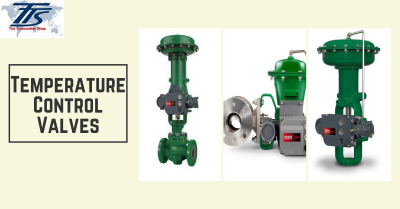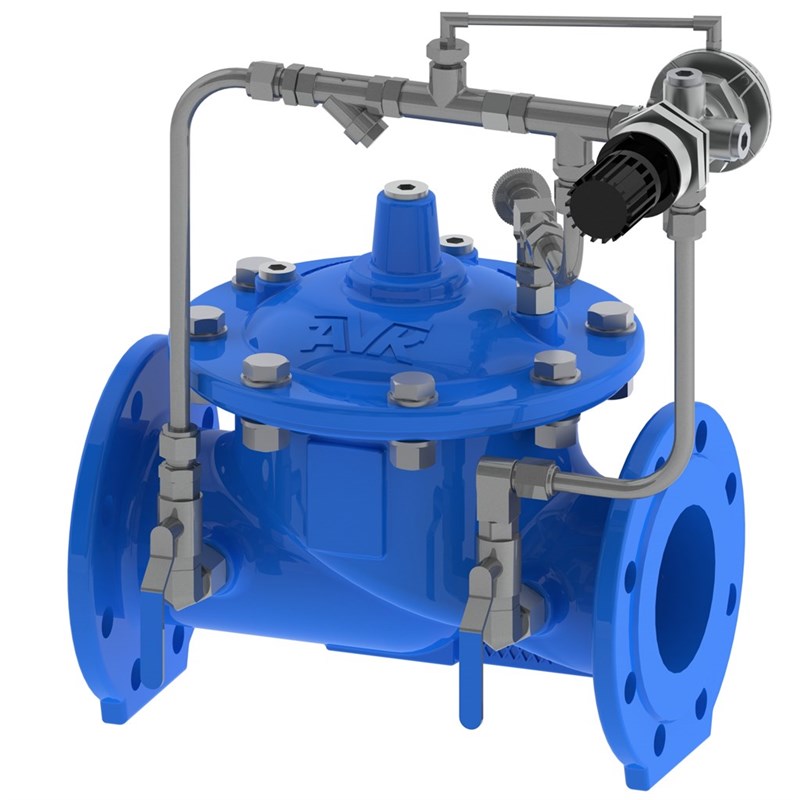Discovering the Capability of Modern Control Valves in Industrial Applications
Discovering the Capability of Modern Control Valves in Industrial Applications
Blog Article

Maximize Energy Financial Savings and Comfort With Advanced Structure Automation Controls
In the world of contemporary architecture and facility administration, the combination of advanced building automation controls stands as an essential advancement. The merging of modern technology and sustainability has actually birthed a brand-new era where power efficiency, comfort optimization, and functional streamlining are no much longer distant goals however attainable facts. By using the power of automation, structures can adjust, respond, and develop in ways that were as soon as inconceivable. The capacity for substantial power financial savings and enhanced convenience is not simply a guarantee yet a possibility waiting to be fulfilled. This standard shift in structure management holds the crucial to unlocking a world where environmental conscientiousness and owner wellness sympathetically exist side-by-side within the walls of our frameworks.
Energy Performance Perks
Energy performance advantages can substantially decrease power intake and operational prices in buildings. By implementing energy-efficient techniques and innovations, building owners and operators can accomplish considerable savings while also adding to environmental sustainability. Among the key advantages of enhancing power effectiveness in buildings is the decrease of utility costs. Energy-efficient systems, such as advanced structure automation controls, can maximize making use of resources like air conditioning, lights, and heating, leading to reduced energy expenses in time.
In addition, boosted energy performance can extend the life-span of building equipment and systems. By running much more efficiently, heating and cooling systems, lighting fixtures, and other building parts experience less wear and tear, leading to minimized maintenance and replacement prices. Furthermore, energy-efficient buildings usually command higher residential or commercial property worths and rental rates, offering long-term financial advantages to proprietors.
Additionally, energy performance can boost resident comfort and productivity. Properly regulated indoor environments with optimal illumination and thermal conditions develop an even more conducive and positive work space, causing improved staff member complete satisfaction and efficiency. Overall, the power performance benefits related to advanced building automation controls are complex, including price savings, ecological stewardship, and occupant well-being.
Enhanced Convenience Control
Enhancing convenience control in building settings needs an advanced integration of advanced automation systems for optimum resident health. By using sophisticated building automation controls, facilities can customize the interior environment to meet the specific needs and preferences of owners. These systems enable specific guideline of air flow, illumination, and temperature level, producing a comfortable and efficient ambience. Owner fulfillment and efficiency are closely linked to thermal comfort, making it vital to have systems in place that can adapt to transforming problems in real-time.
By including these sophisticated controls, structures can not just boost comfort yet also improve power performance by maximizing system procedures based on real tenancy and use patterns. Eventually, prioritizing owner comfort with advanced automation systems leads to an extra delightful and much healthier interior environment.
Operational Effectiveness Improvements

Moreover, the execution of real-time surveillance and analytics devices makes it her explanation possible for structure drivers to identify power inadequacies and operational abnormalities without delay. By constantly monitoring power use patterns and system efficiency metrics, changes can be made in real-time to optimize power usage and ensure peak functional efficiency. control valves. Furthermore, integrating demand reaction techniques into building automation controls can further improve operational performance by dynamically changing power usage based on grid problems and prices signals
Indoor Environment Optimization
Reliable indoor environment optimization is an essential element of structure automation controls, ensuring owners' convenience and wellness while making the most of power cost savings. By making use of advanced sensing units and controls, constructing automation systems can continually change and check temperature level, humidity degrees, air quality, and ventilation to create an optimal interior setting. Keeping consistent and comfy problems not only improves passenger satisfaction but also increases performance and total well-being.
Interior environment optimization likewise plays a crucial duty in energy effectiveness. By fine-tuning air conditioning, air flow, and home heating systems based upon real-time information and occupancy patterns, building automation controls can significantly decrease power intake - control valves. For instance, implementing approaches such as demand-controlled air flow and thermal zoning can aid reduce energy waste while making certain that each location of the structure obtains the required conditioning.

Lasting Atmosphere Development
Building automation controls not just maximize interior environment conditions for power effectiveness and occupant convenience but likewise lay the structure for producing a lasting environment through tactical administration of systems and resources. By incorporating innovative building automation technologies, such as sensing units, actuators, and smart software, facilities can check and adjust power use in real-time to decrease waste and decrease their carbon impact. These systems allow predictive upkeep, determining prospective problems prior to they rise and maximizing equipment performance to boost longevity and performance.
Furthermore, lasting setting creation extends past power administration to encompass water preservation, waste decrease, and interior air high quality improvement. Building automation controls can regulate water use, identify leakages, and ensure correct waste disposal techniques, adding to general sustainability initiatives. Additionally, by regulating and checking ventilation and filtering systems, these modern technologies improve passenger wellness and efficiency while decreasing power usage related to heating and cooling operations.
Verdict
To conclude, progressed structure automation regulates offer significant benefits in regards to power financial savings, convenience control, functional effectiveness, interior climate optimization, and producing a lasting atmosphere. By carrying out these controls, buildings can attain ideal performance while reducing energy intake and boosting occupant convenience. It is obvious that the use of advanced automation modern technology is vital in enhancing building visit this website efficiency and creating a much more lasting future.
Power effectiveness advantages can significantly reduce energy usage and operational expenses in structures. On the whole, the energy efficiency benefits connected with sophisticated building automation controls are diverse, incorporating cost financial savings, environmental stewardship, and occupant well-being.
Additionally, incorporating demand feedback methods right into structure automation controls can additionally improve functional performance by dynamically adjusting energy use based on grid problems and pricing signals.
Building automation controls not just maximize interior environment problems for power performance and owner comfort however also lay the foundation for creating a lasting atmosphere through strategic monitoring of systems and resources.In verdict, progressed structure automation manages offer considerable advantages in terms of power financial savings, comfort control, functional efficiency, indoor climate optimization, and producing a sustainable setting.
Report this page